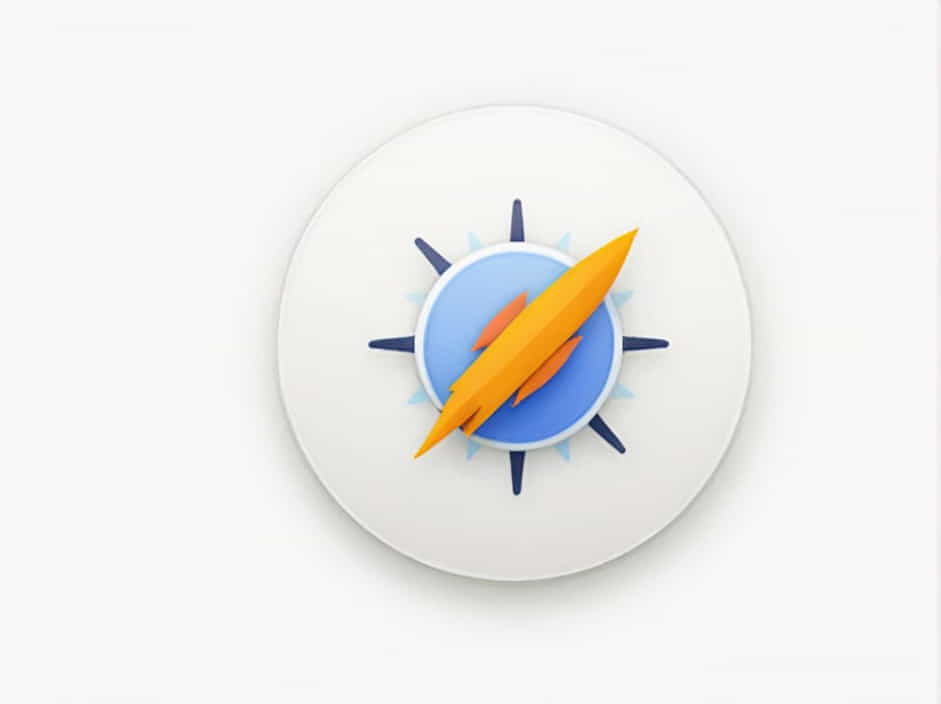Newton’s Third Law of Motion is one of the most well-known principles in physics. It states that for every action, there is an equal and opposite reaction. This law explains how forces interact and is essential in understanding movement, mechanics, and real-world applications.
From walking and jumping to rocket launches and car crashes, Newton’s Third Law helps us understand how objects influence each other through force. This topic explores its meaning, applications, and significance in daily life.
Understanding Newton’s Third Law
The Principle of Action and Reaction
Newton’s Third Law states:
“For every action, there is an equal and opposite reaction.”
This means that whenever an object applies a force on another object, the second object applies an equal force in the opposite direction. These forces always come in pairs, and neither can exist without the other.
How Does It Work?
The key idea behind Newton’s Third Law is force interaction. Whenever two objects touch or interact, they exert forces on each other. These forces are always equal in magnitude but opposite in direction.
For example:
- If you push against a wall, the wall pushes back with the same force.
- When you jump, your feet push against the ground, and the ground pushes you upward.
- A bird flaps its wings downward, and the air pushes it upward.
These interactions occur in every physical movement we see in daily life.
Real-Life Examples of Newton’s Third Law
1. Walking and Running
When you walk, your foot pushes backward against the ground, and the ground pushes you forward. This reaction force allows you to move.
2. Jumping
Jumping is a perfect example of action and reaction. When you push down on the ground with your legs, the ground pushes you back up with the same force, allowing you to lift off.
3. Rowing a Boat
When you row a boat, you push the water backward with the paddle. In response, the water pushes the boat forward, making it move.
4. A Rocket Launch
Rockets move by expelling gases downward at high speed. According to Newton’s Third Law, the expelled gas creates an opposite force, pushing the rocket upward.
5. Car Collisions
When two cars collide, they exert equal and opposite forces on each other. Even if one car is bigger, the force exchanged between them remains equal, but the smaller car may experience more acceleration due to its lower mass.
6. Birds and Airplanes in Flight
Birds flap their wings downward, pushing air downward. In response, the air pushes them upward, allowing flight. Similarly, airplane engines push air backward, generating forward motion.
7. Ball Bouncing
When a ball hits the ground, it exerts force downward. The ground reacts by pushing the ball back up with the same force, making it bounce.
The Science Behind Newton’s Third Law
Newton’s Third Law is based on force pairs. These force pairs exist whenever two objects interact. However, they do not cancel each other out because they act on different objects.
For example:
- When you sit on a chair, your body applies force downward. The chair applies an equal force upward, preventing you from falling.
- When a swimmer pushes water backward, the water pushes them forward, allowing movement.
These force interactions explain how objects move and react in different situations.
Newton’s Third Law in Sports
Sports provide great examples of action and reaction forces:
- Basketball: When a player jumps for a dunk, they push the ground down, and the ground pushes them up.
- Tennis: When a racket hits a ball, the ball pushes back with equal force.
- Boxing: A punch exerts force on an opponent, but the opponent also applies force back on the boxer’s hand.
Understanding this law helps athletes improve their performance by optimizing movement and force application.
Newton’s Third Law in Engineering and Technology
Newton’s Third Law is crucial in designing vehicles, machines, and structures:
- Cars and Airplanes: Engineers use this law to create efficient propulsion systems.
- Bridges and Buildings: Architects consider force interactions to ensure stability.
- Space Exploration: Rocket scientists design engines based on action-reaction principles.
Without Newton’s Third Law, modern transportation and engineering would not function efficiently.
The Importance of Newton’s Third Law in Daily Life
Even in everyday activities, this law plays a role:
- Opening a door: You push the door, and it pushes back on your hand.
- Drinking with a straw: Sucking air out creates a pressure difference, allowing liquid to rise.
- Driving: When a car’s tires push the road backward, the road pushes the car forward.
By understanding this law, we can better appreciate the forces that govern our movements and surroundings.
Misconceptions About Newton’s Third Law
Some common misunderstandings about this law include:
- Forces cancel each other out: Action and reaction forces do not cancel out because they act on different objects.
- Heavier objects exert more force: The force is always equal, but the effects depend on mass and acceleration.
- It applies only to large objects: Newton’s Third Law works at all scales, from atoms to galaxies.
Understanding these misconceptions helps clarify how forces interact.
Newton’s Third Law of Motion is a fundamental concept in physics, explaining the relationship between action and reaction forces. It is essential in various fields, from sports and engineering to everyday activities.
By applying this principle, scientists and engineers continue to innovate, making transportation, machinery, and technology more efficient. Whether walking, driving, or launching a rocket, Newton’s Third Law is always at work, shaping the world around us.
